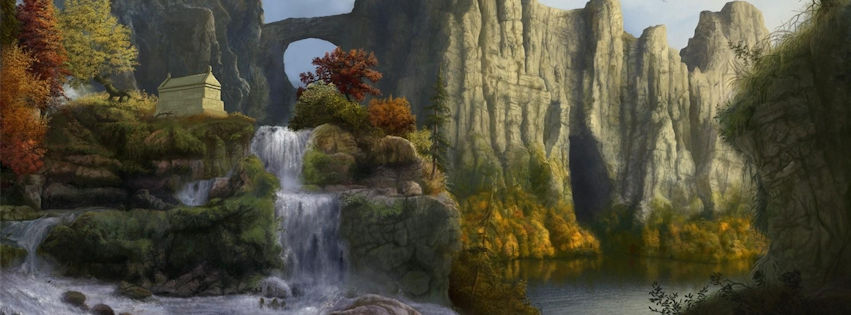Royal Society for the Exploration of the Natural and Physical World
The Royal Society for the Exploration of the Natural and Physical World was established in the year 117AV. It was formed as a means for the scientific community to come together and collaborate in the pursuit of knowledge and discovery. The society's early endeavors focused on exploring the natural world, studying the physical sciences, and conducting experiments to better understand the world around them. Over time, the society grew in size and scope, encompassing a wide range of fields and disciplines.
Today, the Royal Society is recognized as one of the most prestigious scientific organizations in the world. Its members include some of the brightest minds in their respective fields, and the society continues to foster an environment of collaboration and exploration. From its humble beginnings to its current standing, the Royal Society has remained dedicated to the pursuit of knowledge and the advancement of science.
Today, the Royal Society is recognized as one of the most prestigious scientific organizations in the world. Its members include some of the brightest minds in their respective fields, and the society continues to foster an environment of collaboration and exploration. From its humble beginnings to its current standing, the Royal Society has remained dedicated to the pursuit of knowledge and the advancement of science.
Structure
The Royal Society for the Exploration of the Natural and Physical World was founded in 117AV and is led by the Lord or Lady of Benbrooke Manor, which serves as the Society's main order hall. Currently, the leader of the Society is Dame Andromeda Winterbourne, a renowned scholar, explorer, and trained archaeologist.
Dame Andromeda's expertise in archeology has been invaluable to the Society's expeditions and discoveries. She was one of the first to discover the lost Dwarfhold of Karak Angkor, a feat that solidified her position as a prominent figure in the Society.
Despite the Society's reputation as an old-fashioned gentlemen's club, it has adapted to the changing times and welcomed members of all genders and backgrounds. The Society is dedicated to advancing knowledge in the fields of science, natural history, and physical exploration, and its members are driven by a shared passion for discovery.
Under Dame Andromeda's leadership, the Society has continued to pursue new frontiers and uncover the secrets of the world around us. From the depths of the ocean to the highest peaks of the mountains, the Society's members venture forth with a sense of curiosity and wonder that is at the heart of scientific inquiry.
Dame Andromeda's expertise in archeology has been invaluable to the Society's expeditions and discoveries. She was one of the first to discover the lost Dwarfhold of Karak Angkor, a feat that solidified her position as a prominent figure in the Society.
Despite the Society's reputation as an old-fashioned gentlemen's club, it has adapted to the changing times and welcomed members of all genders and backgrounds. The Society is dedicated to advancing knowledge in the fields of science, natural history, and physical exploration, and its members are driven by a shared passion for discovery.
Under Dame Andromeda's leadership, the Society has continued to pursue new frontiers and uncover the secrets of the world around us. From the depths of the ocean to the highest peaks of the mountains, the Society's members venture forth with a sense of curiosity and wonder that is at the heart of scientific inquiry.
Culture
The Royal Society for the Exploration of the Natural and Physical World has a distinct culture that sets it apart from other scientific organizations. At its core is a deep sense of curiosity and a passion for discovery. Members of the Society are driven by a desire to understand the world around them, to unravel its mysteries, and to make new discoveries that will push the boundaries of human knowledge.
Another key aspect of the Society's culture is a focus on collaboration and community. Members work together to share ideas, resources, and knowledge, and to support each other in their research and explorations. There is a strong sense of camaraderie among members, and many lifelong friendships have been forged through shared scientific endeavors.
The Society also places a high value on education and outreach. Members are encouraged to share their knowledge and discoveries with the broader public, and to inspire a new generation of scientists and explorers. This includes sponsoring lectures, exhibits, and other educational events, as well as publishing scholarly articles and books on a wide range of scientific topics.
Overall, the culture of the Royal Society for the Exploration of the Natural and Physical World is one of intellectual curiosity, collaboration, and a commitment to advancing the frontiers of human knowledge.
Another key aspect of the Society's culture is a focus on collaboration and community. Members work together to share ideas, resources, and knowledge, and to support each other in their research and explorations. There is a strong sense of camaraderie among members, and many lifelong friendships have been forged through shared scientific endeavors.
The Society also places a high value on education and outreach. Members are encouraged to share their knowledge and discoveries with the broader public, and to inspire a new generation of scientists and explorers. This includes sponsoring lectures, exhibits, and other educational events, as well as publishing scholarly articles and books on a wide range of scientific topics.
Overall, the culture of the Royal Society for the Exploration of the Natural and Physical World is one of intellectual curiosity, collaboration, and a commitment to advancing the frontiers of human knowledge.
Let no stone go unturned.
Founding Date
117AV
Type
Expedition, Scientific
Capital
Alternative Names
Explorer's Society
Leader
Founders
Location
Controlled Territories
Notable Members
Related Myths




Comments